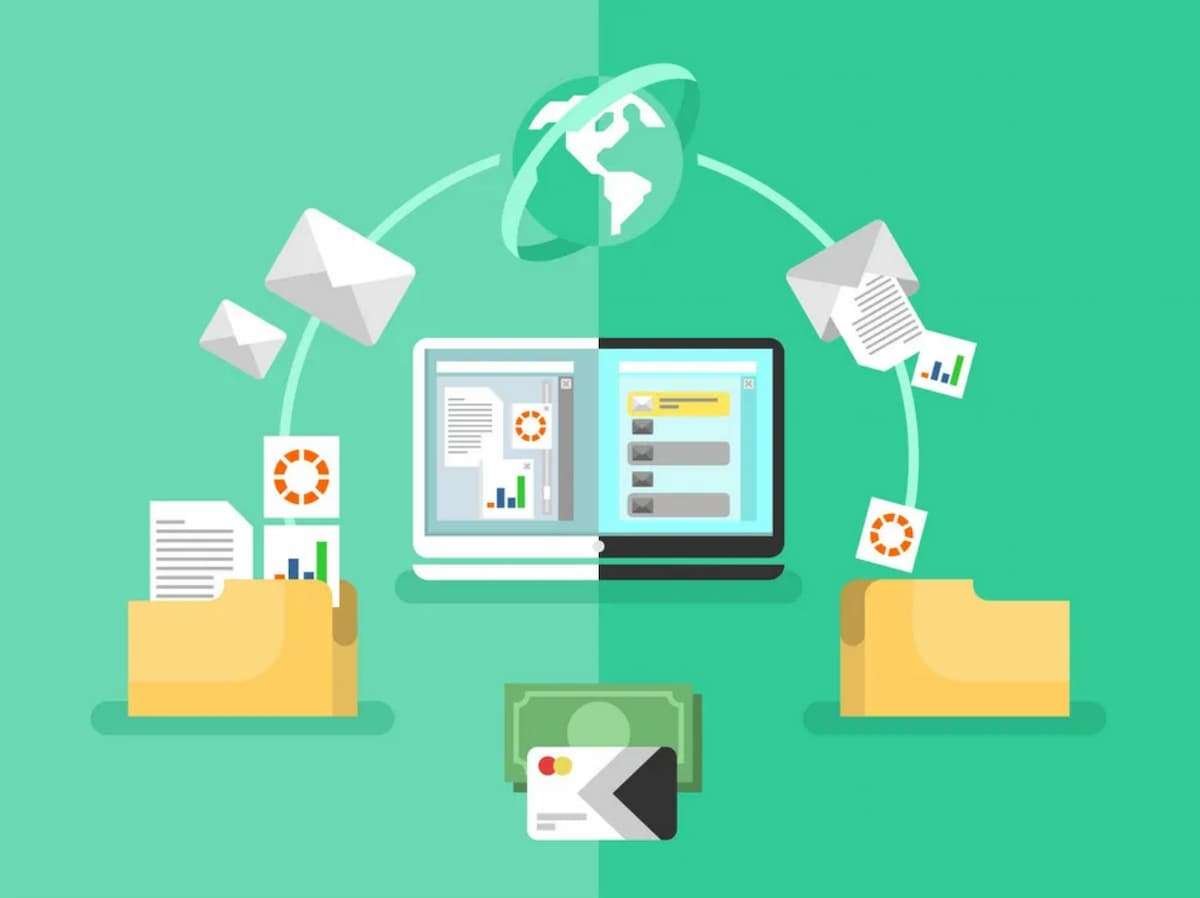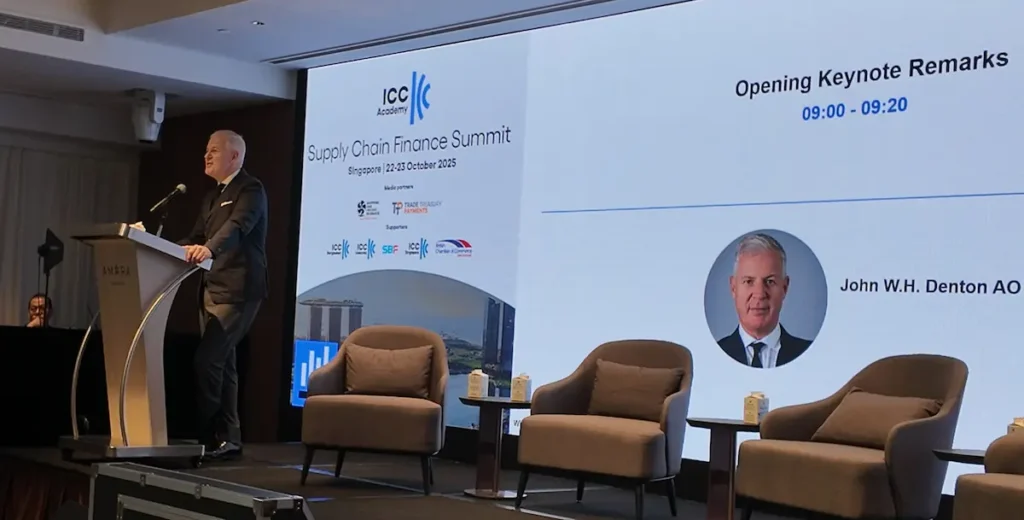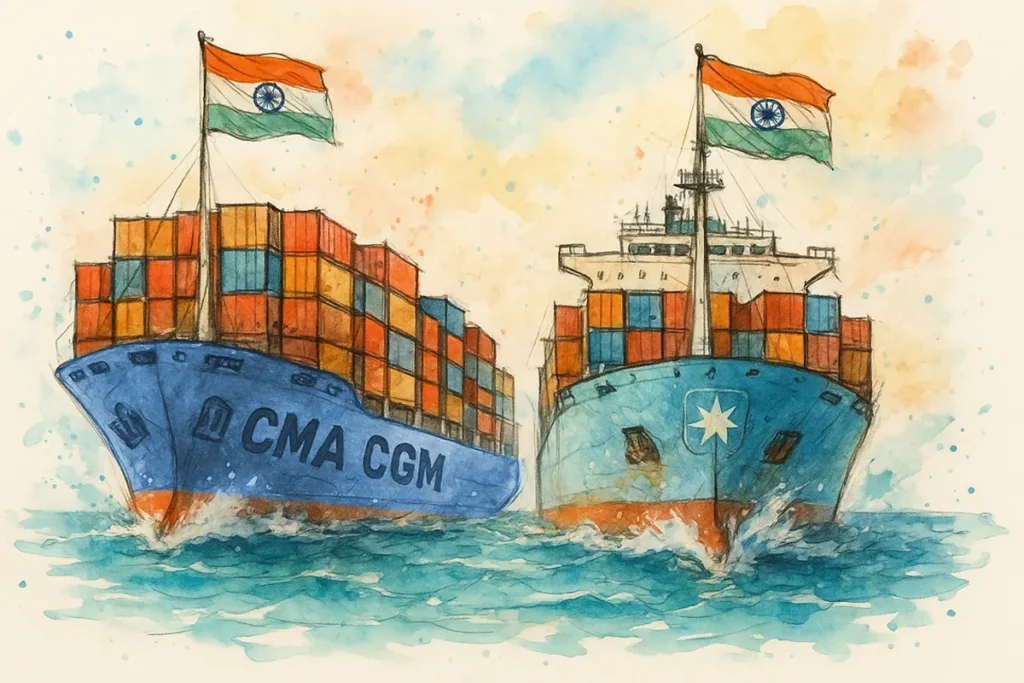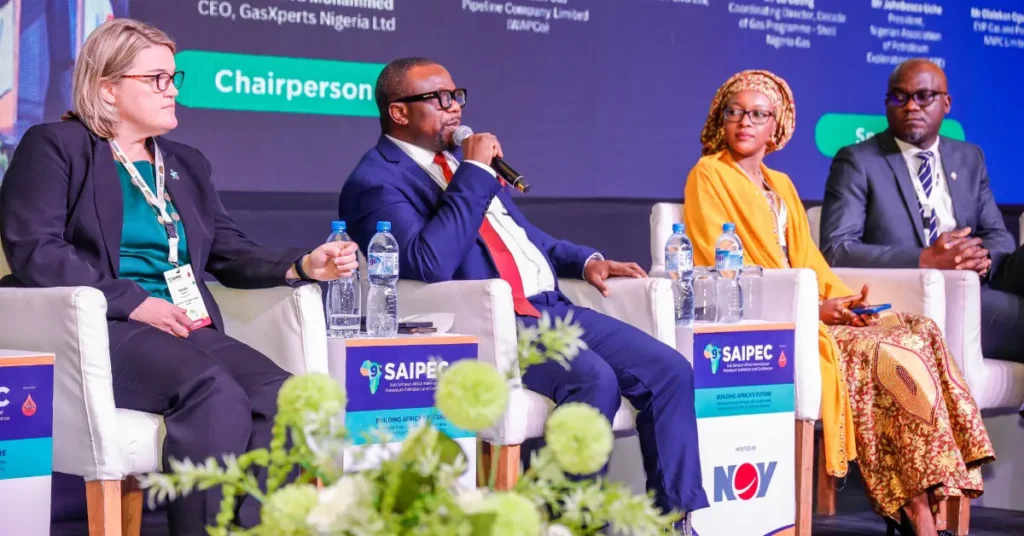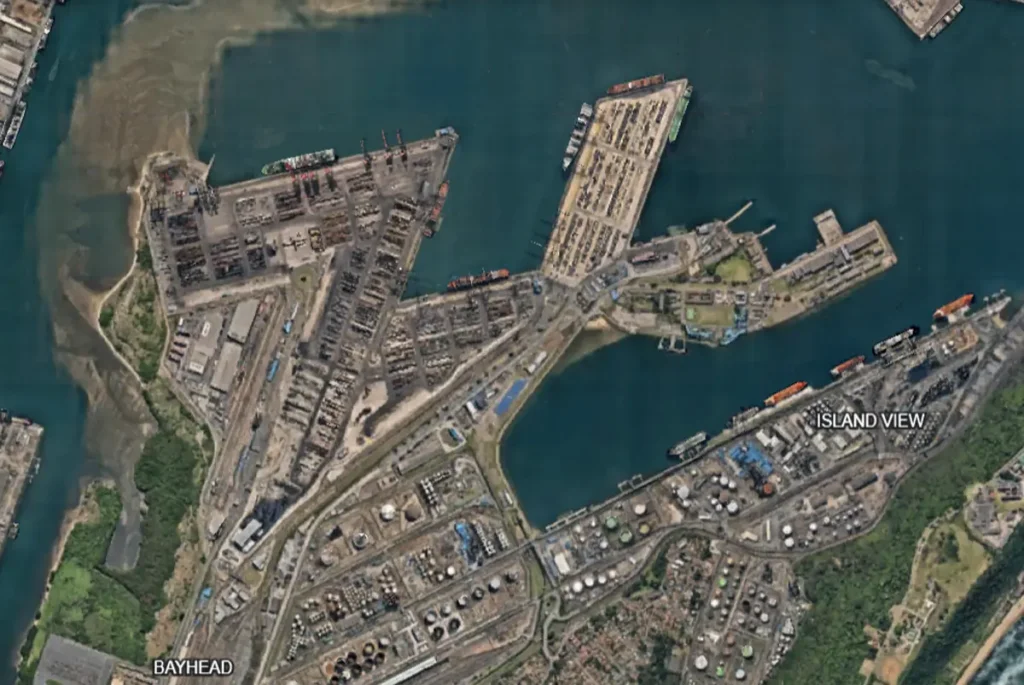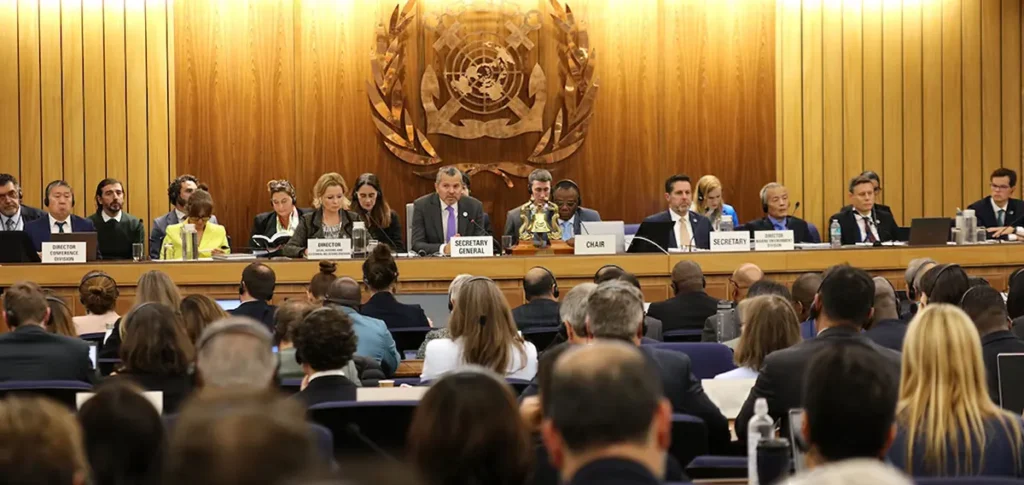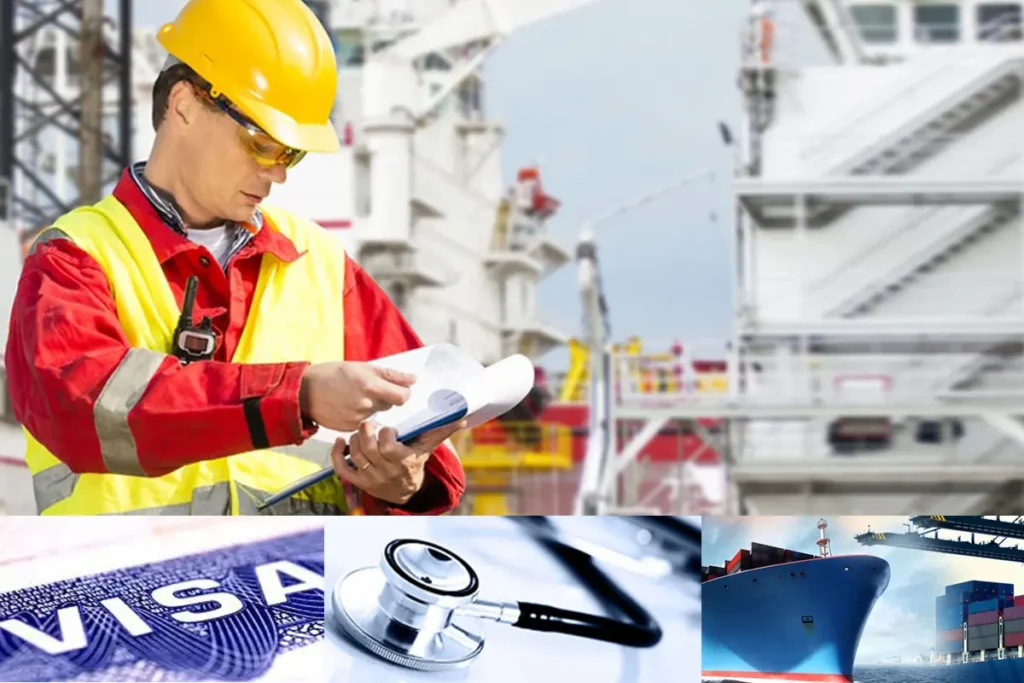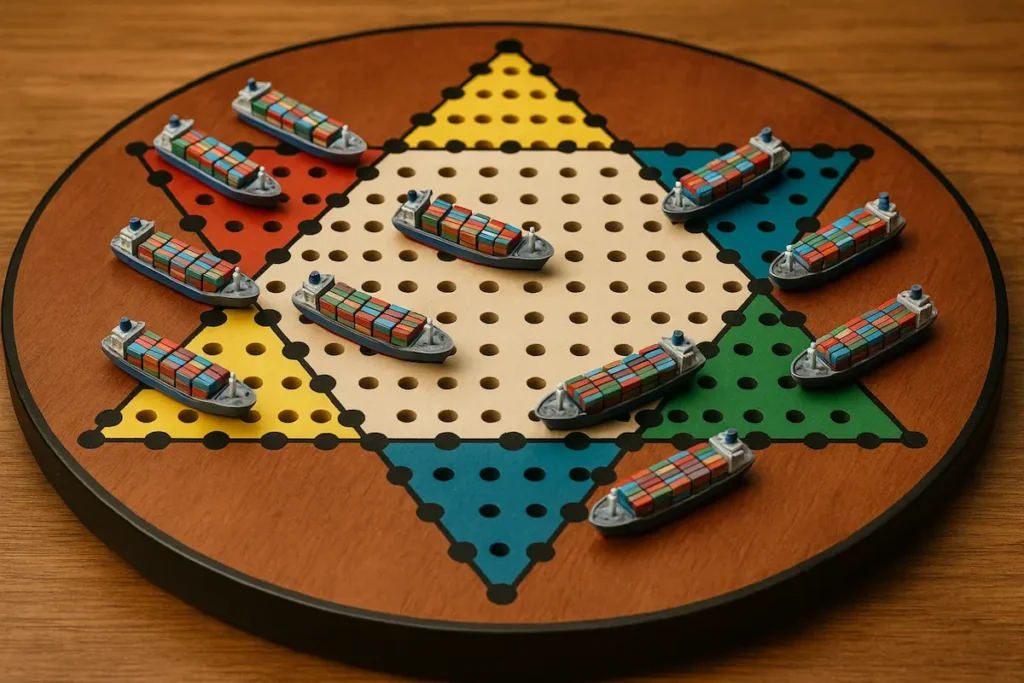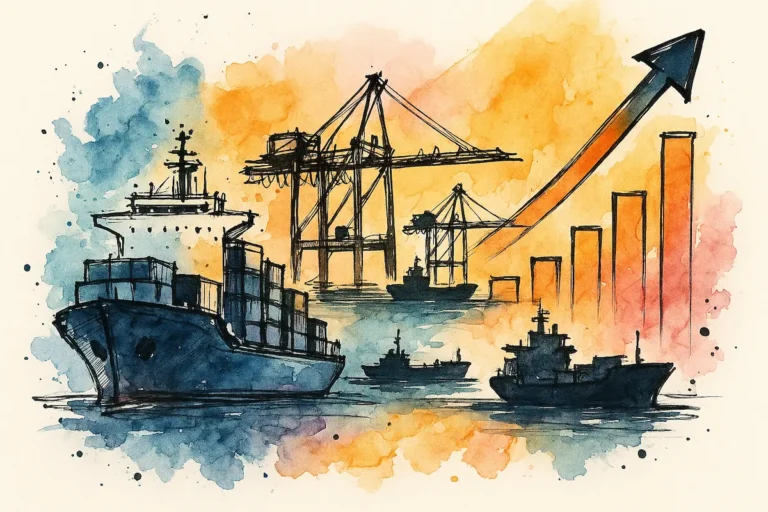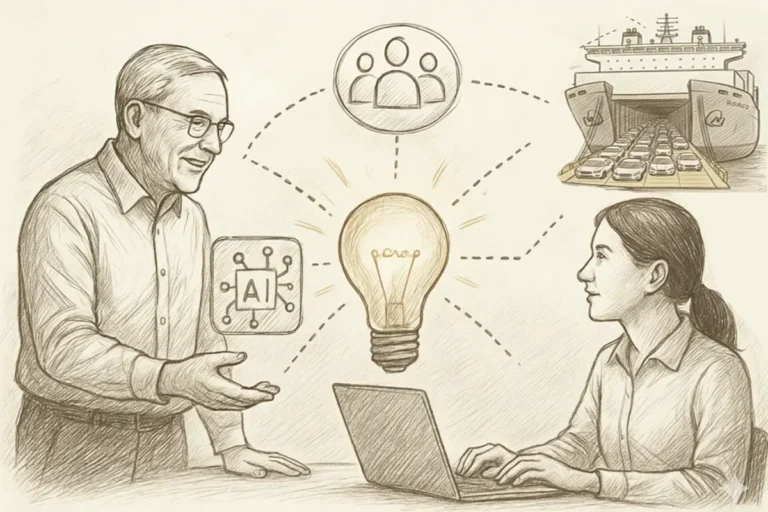For years, we have spoken about the digital future of shipping and have been championing the shift from paper to pixels..
The industry created standards, debated standards, platforms, and policy frameworks..
But often, when the conversation turned to the electronic Bill of Lading (eBL), one big question lingered like a stubborn Post-it on the global trade whiteboard
“Can these platforms ever truly talk to each other..??”
As of 15 May 2025, the answer is a confident yes..
In one of the most important breakthroughs in shipping’s digital transformation journey, the Digital Container Shipping Association (DCSA) has announced the first successful standards-based interoperable electronic Bill of Lading (eBL) transaction between different eBL solution providers, paving the way for seamless, secure, and standardised paperless trade.
And this time, it is not just theory.. It’s real, it has worked, and it is scale-ready..
Why this moment matters
At Shipping and Freight Resource, we’ve covered the evolution of digital trade documentation for a good few years, talking about the early days of proprietary eBL platforms to the more recent push for UNCITRAL’s MLETR adoption across jurisdictions..
The one key concern echoed by industry veterans and digital newcomers alike was “Platform fragmentation was killing momentum”..
While eBLs have technically existed for years, their effectiveness was undermined by one major flaw which was that unless everyone in the transaction used the same platform, digital trade couldn’t actually happen..
This approach meant shippers, carriers, and forwarders were forced to juggle multiple systems—or worse, revert to paper when parties couldn’t align..
This fragmented digital reality fell far short of what’s needed to unlock McKinsey & Company’s estimated $6.5 billion in direct cost savings and $40 billion in global trade expansion through full eBL adoption..
What DCSA did—and why it’s a big deal
In this landmark event, DCSA and a coalition of carriers and tech providers enabled the first fully standards-based, interoperable eBL transfer across platforms, based on three essential components:
- Platform Interoperability (PINT) API
A standardised API that enables a DCSA-compliant eBL to be transferred from one solution provider to another.. No system lock-in, no paper fallback.. - Legal Framework Agreement
A unified, multilateral legal model that governs relationships between platform providers and users, so you don’t need new contracts for each platform.. - Control Tracking Registry (CTR)
A real-time registry to track which platform controls a given eBL at any time—building trust, traceability, and legal clarity..
Who’s behind this historic transaction..??
The successful transaction was made possible through the collaboration of several major players:
- HMM, the world’s 8th largest container shipping line and a DCSA member..
- Suzano, the world’s largest eucalyptus pulp producer and one of Latin America’s largest paper producers
- CargoX, one of the leading providers of blockchain-based electronic trade document solutions, and..
- EdoxOnline, known for streamlining cross-border trade document workflows..
Commenting on the successful transaction, John Kim, Senior Manager Digital at HMM, said: “We recognise the value of interoperability between eBL solution providers to achieve DCSA’s ‘100% eBL by 2030’ goal. It was an incredible experience to participate in this interoperability pilot as a carrier and see eBL being sent to our shipper, Suzano, on two different platforms in real time.”
“Suzano’s participation in one of the first standards-based interoperable eBL transactions reflects our commitment to innovation and operational excellence,” remarked Targe Bock, COO of Suzano Europe. “This achievement shows how collaboration can unlock real value and drive efficiencies across the supply chain.”
Breaking the legacy loop: overcoming the last barrier
Bojan Čekrlić, CEO of CargoX, explained it best:
“Trade needs multiple parties to work.. Interoperable eBLs let those parties share data and documents easily..”
Until now, this was precisely what held back mass adoption.. Companies didn’t want to be bound to a single eBL platform.. Legal teams were wary of fragmented contract structures.. Logistics workflows remained fragmented across analog and digital systems..
But with a standardised technical and legal foundation in place, this bottleneck is finally being cleared.. As Alejandro Pernías, President of EdoxOnline, put it:
“This fully interoperable eBL live transaction demonstrates that title-data can seamlessly be transferred digitally across multiple platforms, streamlining trade execution without relying on a single eBL provider..”
What’s next..?? Scaling up and signing on..
This successful transaction is already setting the stage for more.. Other IGP&I approved solution providers are aligning their systems with DCSA’s interoperability standards, preparing live transactions, updating frameworks, and are encouraged to join this movement..
DCSA’s Chief Product Officer, Niels Nuyens, sent out a powerful message to the global trade community: “The foundation is in place.. Interoperable eBL is no longer a myth—it’s a reality.. The time to act is now..”
Final thoughts – Paper is no longer the future..
This isn’t just a win for DCSA.. It’s a win for every stakeholder in the container shipping ecosystem—especially those who’ve long been waiting for a practical path toward full eBL adoption without compromise..
With the standards-based interoperability framework now proven in real-world use, we’re finally at the tipping point.. No more excuses and no more digital silos.. This is the moment global trade can start to move at the speed of trust—and the speed of data, not dead trees..

